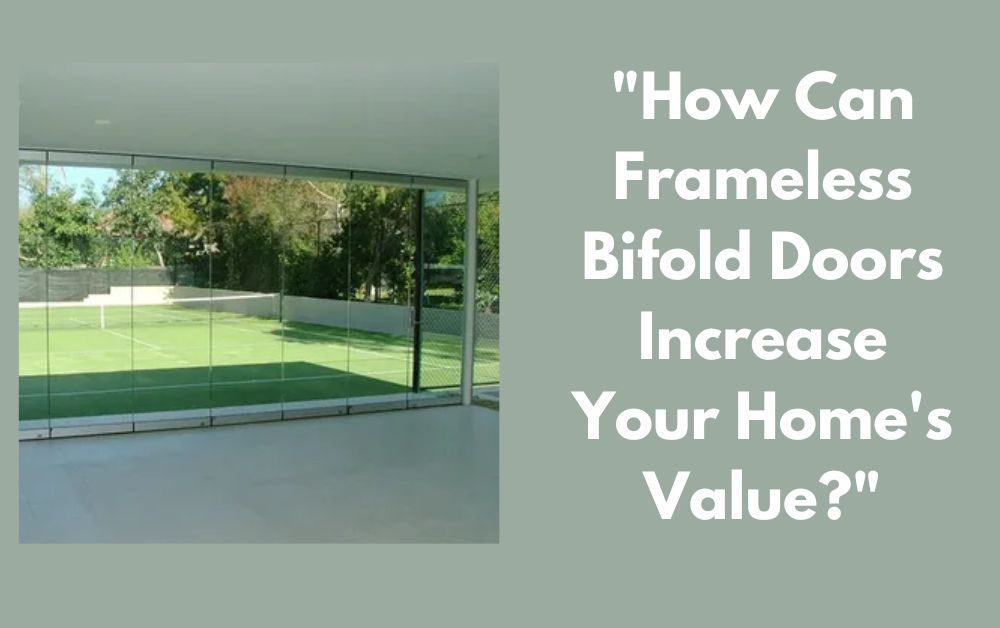What Are the Different Types of Acoustic Baffle Ceilings?


When it comes to creating a pleasant environment, sound plays a big role in the overall feel of a space. Whether it’s in an office, a restaurant, or a school, excessive noise can be distracting, making it difficult to focus, have conversations, or even relax. This is where acoustic baffle ceilings come into play. These specialized ceiling systems are designed to reduce noise and improve the sound quality of a room. In this blog, we’ll explore the different types of acoustic baffle ceilings, how they work, and where you can use them.
What Are Acoustic Baffle Ceilings?
Acoustic baffle ceilings are sound-absorbing panels installed in a ceiling to help manage sound in a space. They are designed to reduce noise, control echoes, and make the acoustics more comfortable in a room. These baffles are made from materials that absorb sound, helping to prevent it from bouncing off hard surfaces like walls and ceilings. When sound waves hit these baffles, they are absorbed, which reduces reverberation and makes the space quieter.
Unlike regular ceilings, acoustic baffle ceilings focus on controlling sound in a more targeted way. They are often used in larger spaces, such as offices, theaters, or restaurants, where noise levels can become too high. In some cases, baffles are suspended from the ceiling, while in others, they are mounted directly onto the surface.
In the following sections, we’ll discuss the different types of acoustic baffle ceilings and where you might find each type useful.
Why Acoustic Baffle Ceilings Are Important
Acoustic baffle ceilings play a critical role in improving sound quality. In spaces with hard floors, walls, and ceilings, sound waves travel freely, creating an echo effect. This can make it hard to hear conversations, cause distractions, and even lead to discomfort. Baffles are designed to absorb and control these sound waves, making the environment more pleasant.
Whether it’s in a noisy office, a lively restaurant, or an auditorium, the right acoustic ceiling can improve speech clarity and help reduce background noise. This creates an environment where people can focus and communicate without distractions.
Types of Acoustic Baffle Ceilings
There are several types of acoustic baffle ceilings, each with its unique features. The type you choose will depend on the size of the space, the style of the room, and how much sound control is needed. Below, we’ll look at each type in detail.
1. Suspended Acoustic Baffles
Suspended acoustic baffles are one of the most common types of acoustic baffle ceilings. These baffles are hung from the ceiling using wires or cables. The panels themselves are usually rectangular or cylindrical, and they are spaced evenly throughout the room.
How Suspended Baffles Work
Suspended baffles are designed to absorb sound and prevent it from reflecting off hard surfaces. Since these baffles hang freely from the ceiling, they allow sound waves to pass through the panels and be absorbed into the material. This helps to control noise levels and reduce the echo effect in a room.
Where Suspended Baffles Are Used
Suspended baffles are commonly found in large spaces with high ceilings, such as auditoriums, conference rooms, and gyms. They are ideal for spaces where sound waves tend to bounce off the walls and ceiling, creating unwanted noise. These baffles help improve the clarity of sound, making it easier for people to hear each other.
2. Hanging Acoustic Baffles
Hanging acoustic baffles are similar to suspended baffles, but they differ in the way they are installed. Instead of being suspended in a grid pattern, these baffles are often hung individually or in clusters from a single point in the ceiling.
How Hanging Baffles Work
Like suspended baffles, hanging baffles absorb sound and help control noise. They are typically placed in areas where sound tends to accumulate or where echo is a problem. The difference is that hanging baffles are often more flexible in their positioning, allowing you to customize the layout based on the acoustics of the room.
Where Hanging Baffles Are Used
Hanging baffles are often used in commercial spaces such as restaurants, cafes, and offices. They can be adjusted to suit the specific needs of the space, making them a versatile option for both small and large areas. Because they are often more visible, they also offer a chance to add a decorative element to the room.
3. Fabric-Wrapped Acoustic Baffles
Fabric-wrapped acoustic baffles are another popular option. These baffles have a sound-absorbing core, usually made from materials like fiberglass or foam, and are covered with a layer of fabric. The fabric can come in various colors, patterns, and textures, allowing you to choose a design that complements the look of the room.
How Fabric-Wrapped Baffles Work
The fabric wrap on these baffles helps to improve their sound-absorbing properties. The fabric itself doesn’t absorb sound, but it acts as a protective covering for the internal sound-absorbing material. This type of baffle is especially effective in reducing noise and controlling reverberation, making it a great choice for spaces that require both functionality and style.
Where Fabric-Wrapped Baffles Are Used
These baffles are ideal for spaces where aesthetics are important, such as corporate offices, lobbies, and high-end retail stores. They can be customized to match the interior design of the space, making them a stylish and practical solution for noise control.
4. Wooden Acoustic Baffles
Wooden acoustic baffles combine sound absorption with a natural, elegant look. These baffles are made from wood or wood-based materials, often with perforations or slats that allow sound to pass through and be absorbed by the internal material.
How Wooden Baffles Work
Wooden baffles are effective at both absorbing and diffusing sound.
Where Wooden Baffles Are Used
5. Perforated Acoustic Baffles
How Perforated Baffles Work
The holes in perforated baffles help diffuse sound, preventing it from bouncing back and creating an echo. The internal material of the baffle absorbs the sound waves, making the space quieter. This type of baffle is particularly effective in controlling noise in large spaces with high ceilings.
Where Perforated Baffles Are Used
6. Ceiling-Mounted Acoustic Baffles
How Ceiling-Mounted Baffles Work
Ceiling-mounted baffles help control sound by absorbing sound waves before they can reflect off the ceiling. This is especially useful in smaller spaces where hanging or suspended baffles may not be practical.
Where Ceiling-Mounted Baffles Are Used
Ceiling-mounted baffles are ideal for smaller rooms, such as classrooms, libraries, and small offices. They are a space-saving option for areas with limited headroom, and they offer an effective way to control noise in smaller environments.
How to Choose the Right Acoustic Baffle Ceiling
Choosing the right type of acoustic baffle ceiling depends on several factors, including the size of the space, the type of noise you need to control, and your aesthetic preferences. Here are a few things to consider when making your decision:
1. Room Size
For large spaces with high ceilings, suspended or hanging baffles are usually the best choice because they provide maximum sound absorption. For smaller spaces, ceiling-mounted baffles may be more practical.
2. Design Needs
If you want your baffles to blend in with the décor, fabric-wrapped or wooden baffles may be the best option. These baffles come in various colors and finishes, allowing you to match them with the overall design of the space.
3. Noise Control Requirements
If you need to control excessive noise and echo, suspended or perforated baffles are highly effective. For spaces with less noise, ceiling-mounted baffles may be sufficient.
Conclusion
Acoustic baffle ceilings are an effective solution for improving the acoustics in a variety of spaces. By choosing the right type of baffle, you can create a more comfortable environment by reducing noise, controlling echo, and enhancing sound quality. Whether you’re in a commercial space, a home theater, or a school, there is a type of acoustic baffle ceiling that can help improve your sound experience.
For more insightful articles related to this topic, feel free to visit bloggingshub.com













